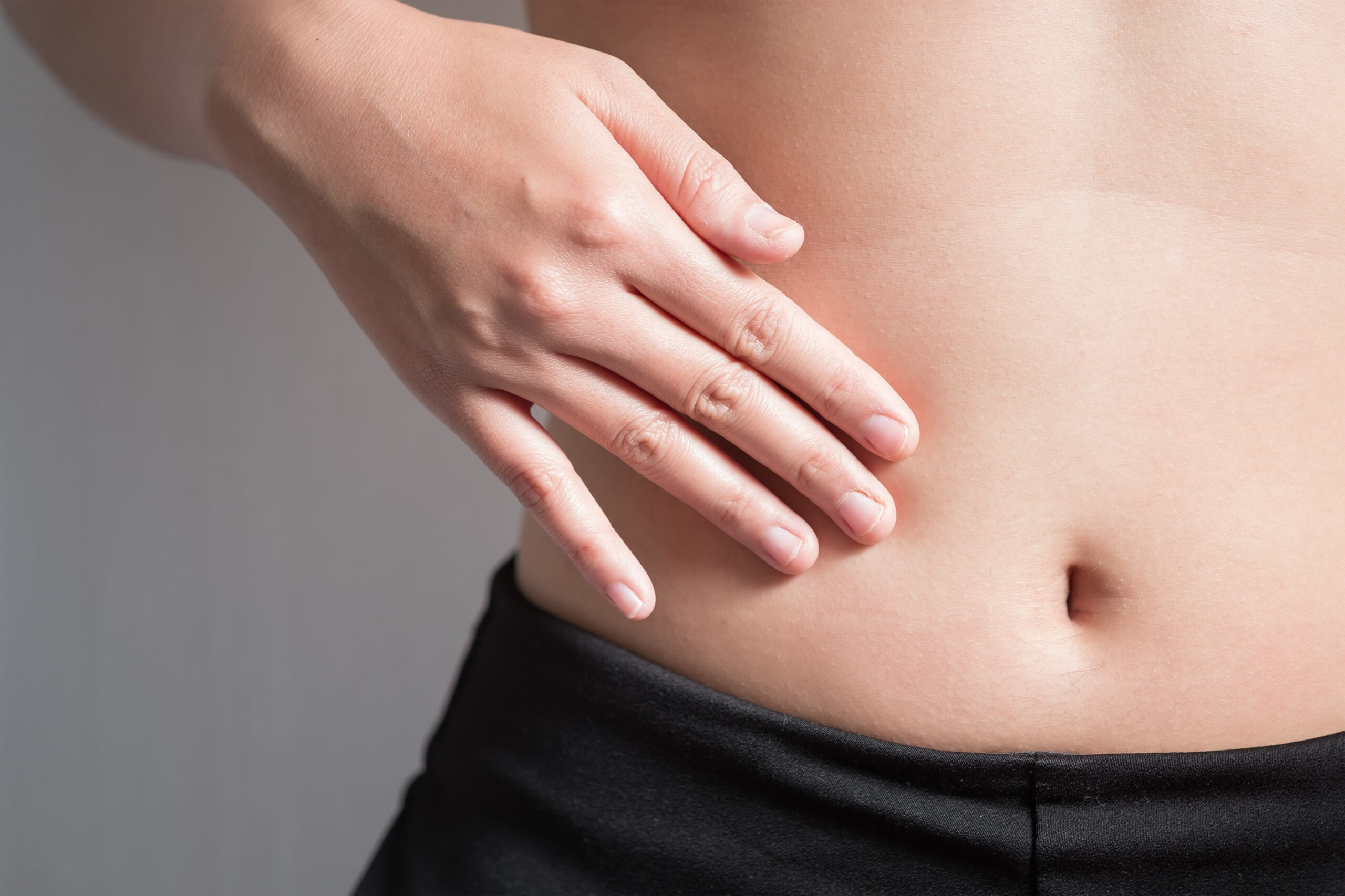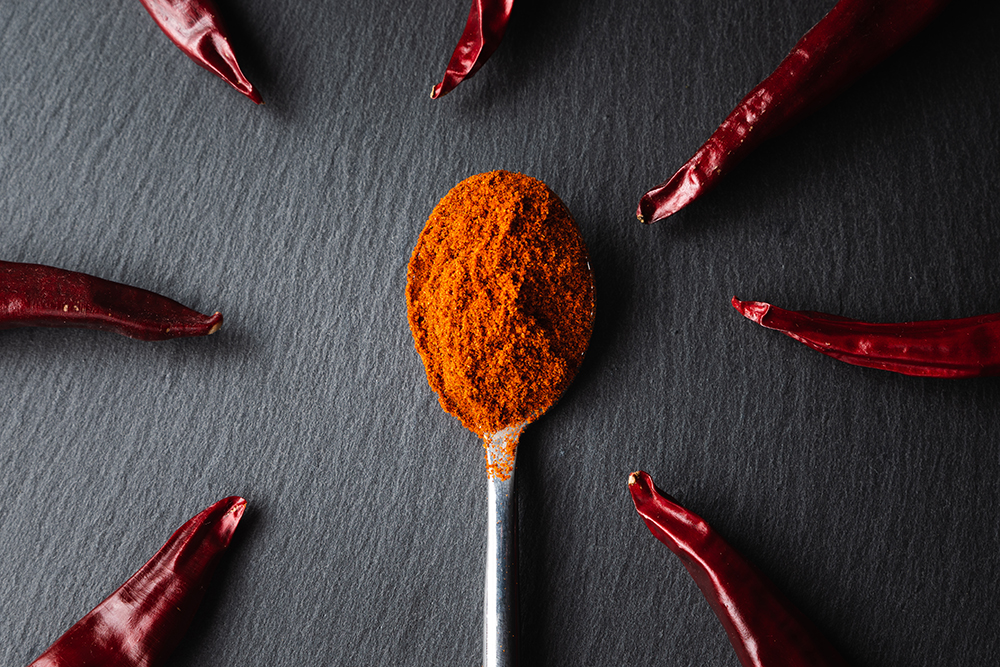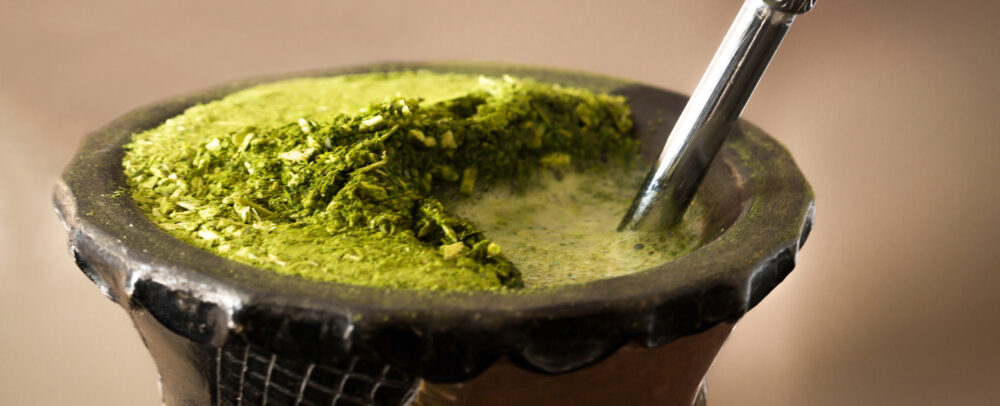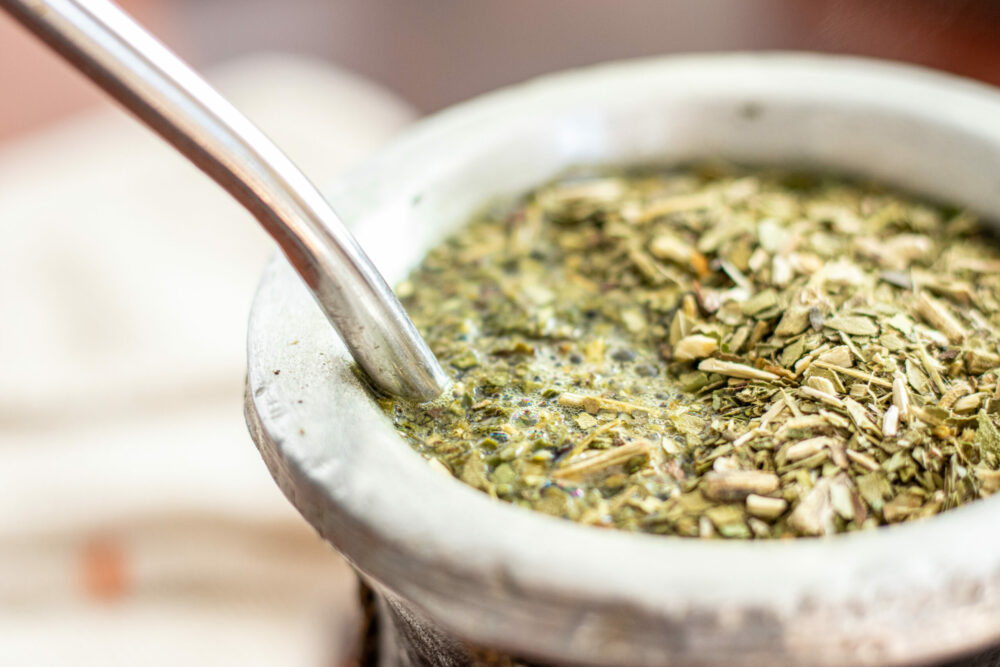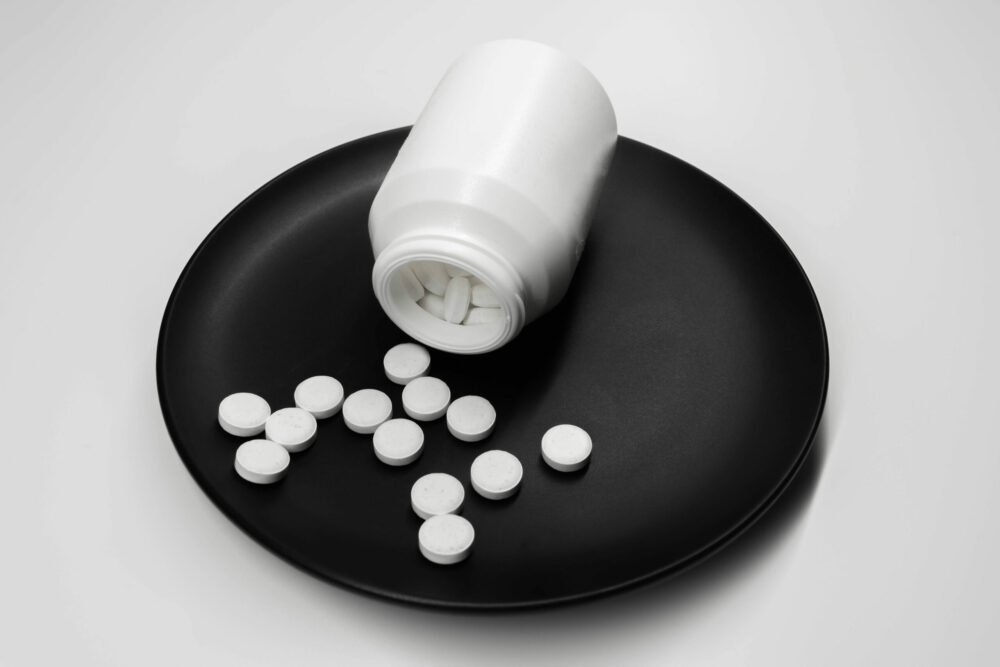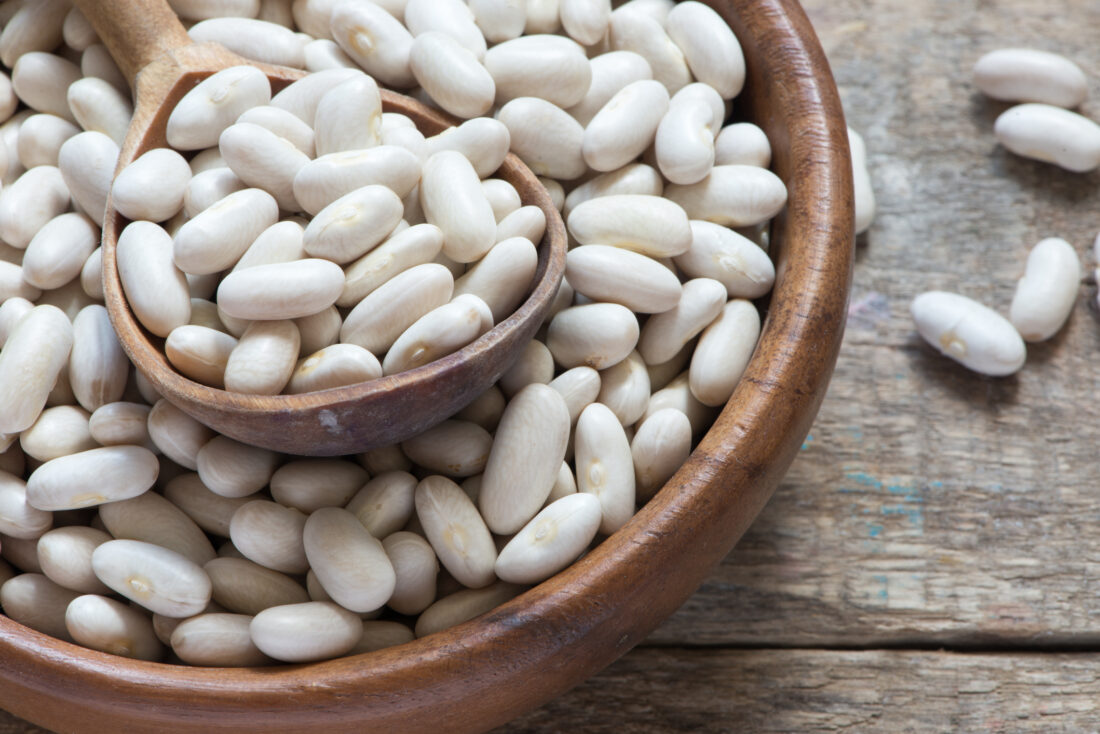
– by C. Di Lorenzo et al. (2014)
Aims
The objective of this review was to collect available data on the following: (i) adverse effects observed in humans from the intake of plant food supplements or botanical preparations; (ii) the misidentification of poisonous plants; and (iii) interactions between plant food supplements/botanicals and conventional drugs or nutrients.
Methods
PubMed/MEDLINE and Embase were searched from database inception to June 2014, using the terms ‘adverse effect/s’, ‘poisoning/s’, ‘plant food supplement/s’, ‘misidentification/s’ and ‘interaction/s’ in combination with the relevant plant name. All papers were critically evaluated according to the World Health Organization Guidelines for causality assessment.
Results
Data were obtained for 66 plants that are common ingredients of plant food supplements; of the 492 papers selected, 402 (81.7%) dealt with adverse effects directly associated with the botanical and 89 (18.1%) concerned interactions with conventional drugs. Only one case was associated with misidentification. Adverse effects were reported for 39 of the 66 botanical substances searched. Of the total references, 86.6% were associated with 14 plants, including Glycine max/soybean (19.3%), Glycyrrhiza glabra/licorice (12.2%), Camellia sinensis/green tea ( 8.7%), and Ginkgo biloba/ginkgo (8.5%).
Conclusion
Considering the length of time examined and the number of plants included in the review, it is remarkable that: (i) the adverse effects due to botanical ingredients were relatively infrequent if assessed for causality; and (ii) the number of severe clinical reactions was very limited, but some fatal cases have been described. Data presented in this review were assessed for quality in order to make the results maximally useful for clinicians in identifying or excluding deleterious effects of botanicals.
For the full study, click here.


